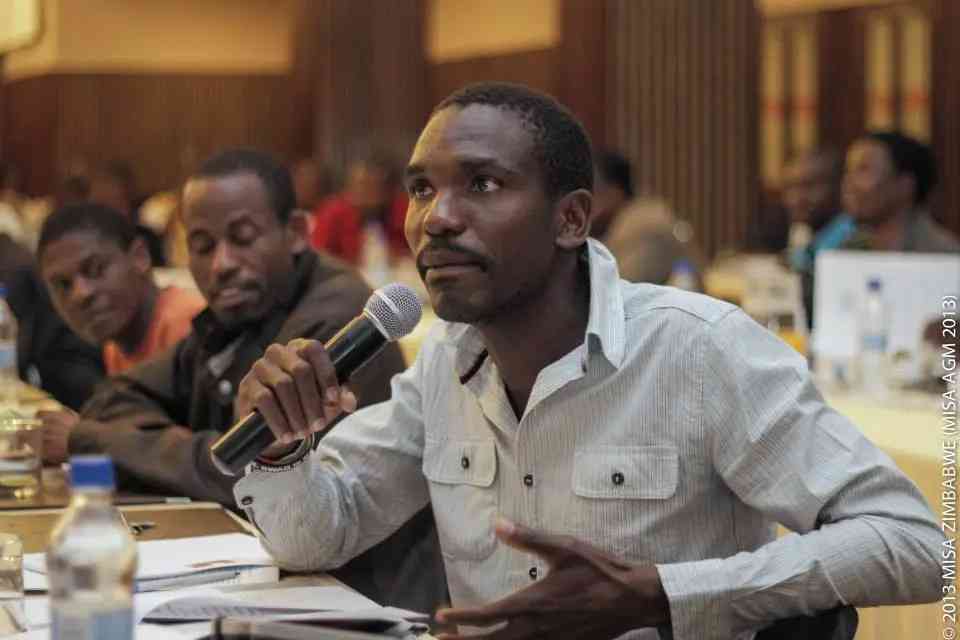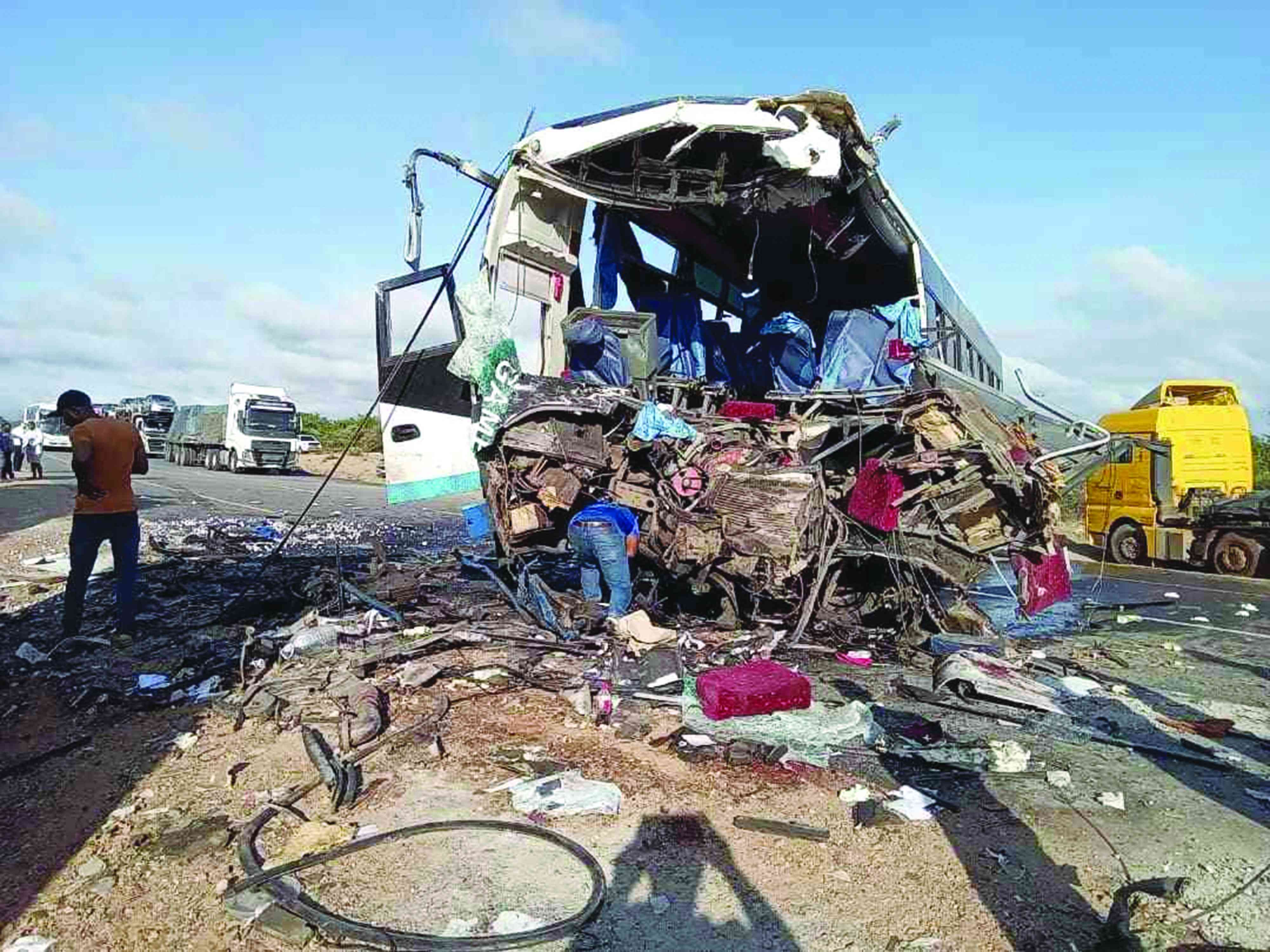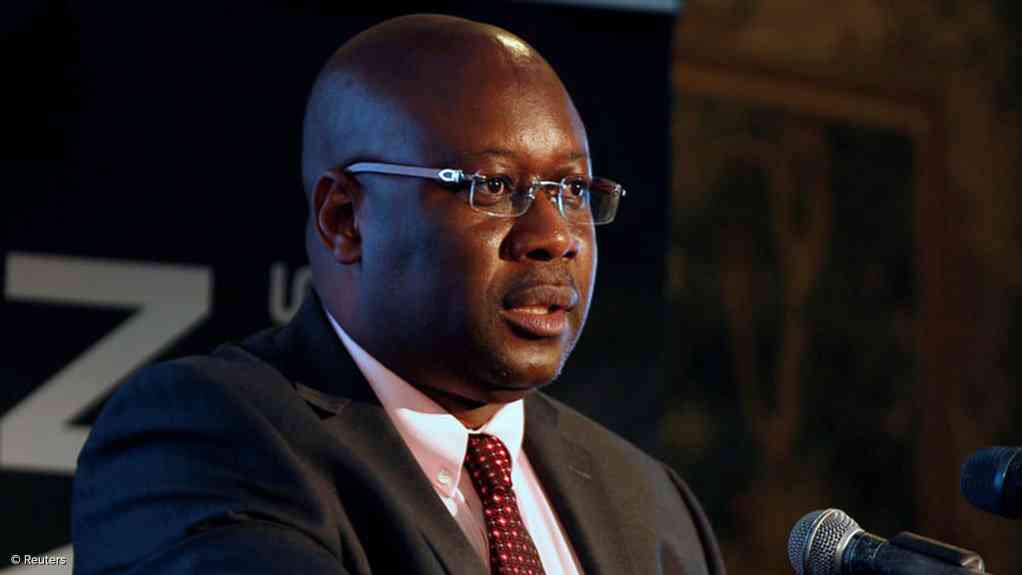
ROLLING blackouts experienced in the past few weeks have crippled strategic industries, sparking fears of a significant economic downturn that could lead to firm closures and job losses, according to industry executives.
The power outages, downplayed by the government this week, have forced clusters of manufacturing firms to operate for less than six hours a day, as reported by Kurai Matsheza, president of the Confederation of Zimbabwe Industries (CZI).
This crisis follows a year of economic challenges that saw the utilisation of installed capacity in the industrial sector fall to 53% in 2023 from 56,1% in 2022.
“In certain instances, some areas go for 18 hours or more without electricity,” Matsheza told the Independent as Energy and Power Development minister Edgar Moyo this week minimised the severity of the situation.
“In certain instances, the quality of power is poor such that businesses are unable to run even when it is available.”
He said CZI has been in discussions with the state-run utility Zesa to address the power distribution issues.
“No specific sector has been spared. We have been engaging the utility and it is work in progress,” he said.
Zimbabwe's industrial sector, which has struggled with underutilised capacity since 2011, continues to suffer.
- Mthuli Ncube abandons struggling consumers
- Fears of jobs carnage as crisis deepens
- Fresh warning over bank rate hikes
- In Conversation with Trevor: ‘Zim must invest in human capital’
Keep Reading
The country’s industries have punched below their weight since utilisation of installed capacity barrelled to 57% in 2011 — a sign that several blueprints implemented by the government have failed to rebuild the economy. In the past year, the industries demonstrated they were falling apart by retrenching 8% of their workforce, according to a CZI report.
About 30% of 270 executives surveyed by CZI in its Manufacturing Sector Survey said the economy was in a worse state in 2023 than 2022.
Christopher Mugaga, CEO of the Zimbabwe National Chamber of Commerce (ZNCC), warned that the power outages could severely affect the winter wheat crop and overall business operations.
"The impact is far-reaching," Mugaga said in an interview with the Independent.
“We are looking at its impact on winter wheat farming, its impact in terms companies’ operational hours.”
Currently, Zimbabwe experiences power outages that can last over 12 hours on certain days, forcing some businesses to reduce operations and temporarily lay off employees.
The government faces pressure to address the crisis and ensure a stable power supply to support the country's economic recovery.
"We are losing an average of eight to 12 hours of power daily. That alone has an impact in terms of production capacity, in terms capacity utilisation, and planning,” Mugaga said.
“The tariffs are still steeply pegged at an average of US$0,14 per kW. We will continue to engage the government. We cannot talk of industrialisation without addressing power cuts.”
Despite government efforts to downplay the crisis, the situation remains dire.
This week, Moyo suggested that the current blackouts could subside after winter.
Last year, the US$1,5 billion expansion of Hwange Power Station added 300 megawatts (MW) to the national grid, with President Emmerson Mnangagwa assuring citizens that blackouts were a thing of the past.
This upgrade added about 300 megawatts (MW) to the national grid.
However, drought-induced slowdowns at the 1 050MW Kariba Hydroelectric Power Station have increased pressure on Hwange to supply most of the country's electricity.
Moyo noted that about 140MW is expected to come from independent power producers (IPPs) this year, supplementing power from Zesa Holdings.
Currently, Zimbabwe's power supply averages around 1 450MW, against a peak demand of about 1 800MW, resulting in a deficit of up to 350MW.
The government insists these levels do not constitute a crisis.
"We don't have what may be defined as a crisis," Moyo said.
"We have a marginal deficit. Our power supply level averages 1 450MW against an average peak demand of 1 800MW, leaving a deficit of a maximum of between 150MW and 350MW depending on daily demand.
“Calling it a power crisis would be an exaggeration. We are just facing a marginal deficit caused by winter demand. This peaks in June and goes down in July," he added.
Over the past five years, the Zimbabwe Energy Regulatory Authority (Zera) has licenced over 100 IPPs with a combined capacity of 1 300MW, though most projects are yet to commence operations.
Moyo stated that IPP projects under development could contribute 140MW to the grid this year, with more expected next year.
"We have several IPP projects in development, and we expect about 140MW to come on stream," Moyo said.
"Most of this power will be for the developers' own use, but some will go to the grid.
“Either way, it is additional power for the country. Next year, we expect a further 250MW from IPPs.
“Kariba is not exiting the system. There is reduced generation, but we hope to recover after the next rainy season," he added.
Lake Kariba is designed to generate electricity at water levels ranging from 475,50 metres to 488,50 metres, with a freeboard of 0,70 metres.
However, the Zambezi River Authority (ZRA) recently reported that the lake’s water level was at 477,30 metres as of June 24, compared to 479,92 metres during the same period last year.
Moyo attributed some of the power challenges to vandalism and theft of electrical cables. "
"If you look at some areas, you find copper cables stolen. There has been vandalism of transformers, causing problems for people in affected areas,” he said.
“In addition, we are working on an IPP that plans to install floating solar panels on the dam starting early next year.
“Even if water levels are low, we will still generate power from that floating solar system."










